Frédéric Barbaresco
IMB
Hybrid Quantum-Classical Multi-Agent Pathfinding
Jan 24, 2025Abstract:Multi-Agent Path Finding (MAPF) focuses on determining conflict-free paths for multiple agents navigating through a shared space to reach specified goal locations. This problem becomes computationally challenging, particularly when handling large numbers of agents, as frequently encountered in practical applications like coordinating autonomous vehicles. Quantum computing (QC) is a promising candidate in overcoming such limits. However, current quantum hardware is still in its infancy and thus limited in terms of computing power and error robustness. In this work, we present the first optimal hybrid quantum-classical MAPF algorithm which is based on branch-and-cut-and-prize. QC is integrated by iteratively solving QUBO problems, based on conflict graphs. Experiments on actual quantum hardware and results on benchmark data suggest that our approach dominates previous QUBO formulations and baseline MAPF solvers.
Tracking mulitple targets with multiple radars using Distributed Auctions
Jul 31, 2023Abstract:Coordination of radars can be performed in various ways. To be more resilient radar networks can be coordinated in a decentralized way. In this paper, we introduce a highly resilient algorithm for radar coordination based on decentralized and collaborative bundle auctions. We first formalize our problem as a constrained optimization problem and apply a market-based algorithm to provide an approximate solution. Our approach allows to track simultaneously multiple targets, and to use up to two radars tracking the same target to improve accuracy. We show that our approach performs sensibly as well as a centralized approach relying on a MIP solver, and depending on the situations, may outperform it or be outperformed.
Multi-Radar Tracking Optimization for Collaborative Combat
Oct 20, 2020
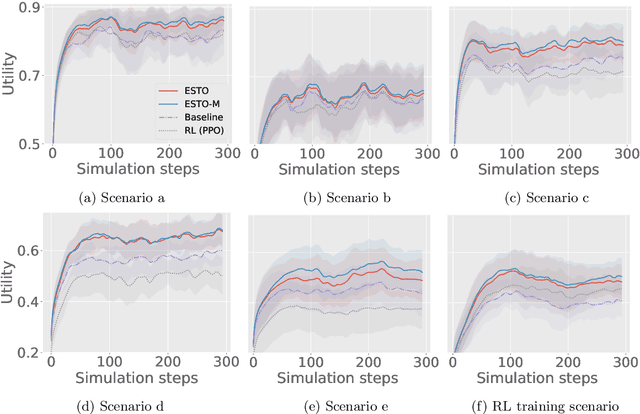
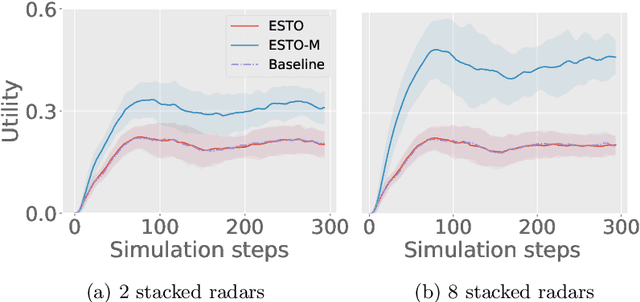
Abstract:Smart Grids of collaborative netted radars accelerate kill chains through more efficient cross-cueing over centralized command and control. In this paper, we propose two novel reward-based learning approaches to decentralized netted radar coordination based on black-box optimization and Reinforcement Learning (RL). To make the RL approach tractable, we use a simplification of the problem that we proved to be equivalent to the initial formulation. We apply these techniques on a simulation where radars can follow multiple targets at the same time and show they can learn implicit cooperation by comparing them to a greedy baseline.
The Basic Geometric Structures of Electromagnetic Digital Information: Statistical characterization of the digital measurement of spatio-Doppler and polarimetric fluctuations of the radar electromagnetic wave
Jun 26, 2020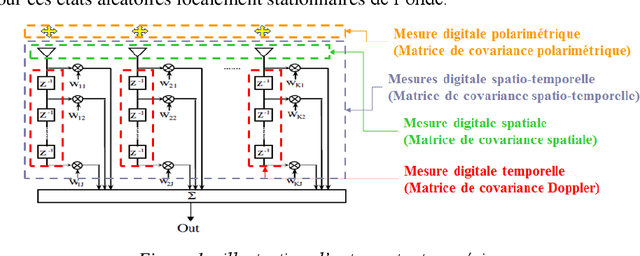
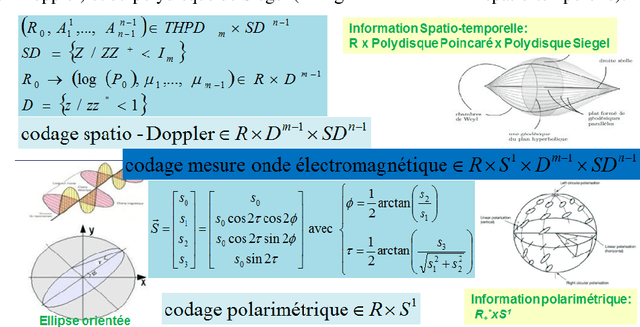
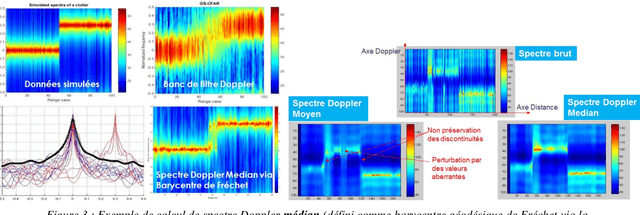
Abstract:The aim is to describe new geometric approaches to define the statistics of spatio-temporal and polarimetric measurements of the states of an electromagnetic wave, using the works of Maurice Fr{\'e}chet, Jean-Louis Koszul and Jean-Marie Souriau, with in particular the notion of 'average' state of this digital measurement as a Fr{\'e}chet barycentre in a metric space and a model derived from statistical mechanics to define and calculate a maximum density of entropy (extension of the notion of Gaussian) to describe the fluctuations of the electromagnetic wave. The article will illustrate these new tools with examples of radar application for Doppler, spatio-temporal and polarimetric measurement of the electromagnetic wave by introducing a distance on the covariance matrices of the electromagnetic digital signal, based on Fisher's metric from Information Geometry.
AI-Augmented Multi Function Radar Engineering with Digital Twin: Towards Proactivity
Jun 18, 2020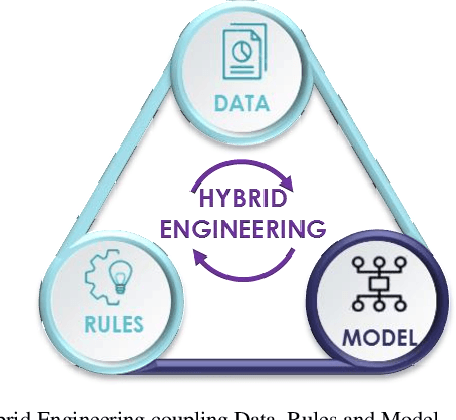
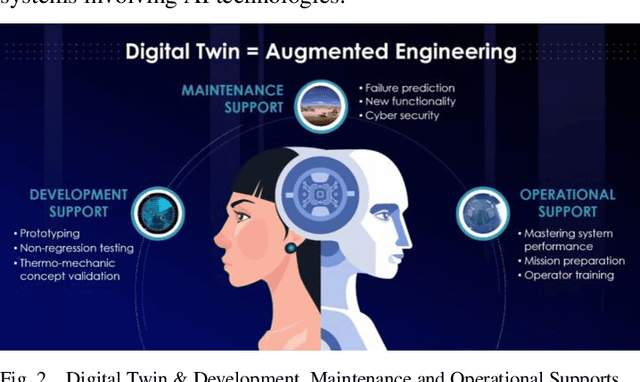
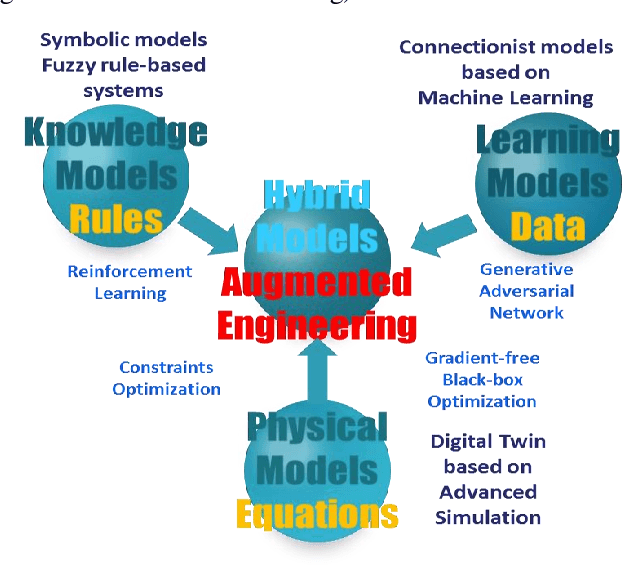
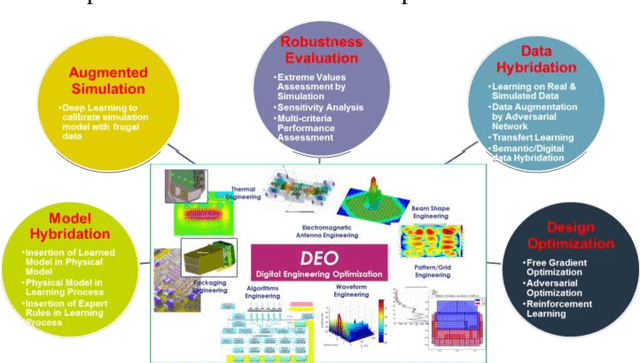
Abstract:Thales new generation digital multi-missions radars, fully-digital and software-defined, like the Sea Fire and Ground Fire radars, benefit from a considerable increase of accessible degrees of freedoms to optimally design their operational modes. To effectively leverage these design choices and turn them into operational capabilities, it is necessary to develop new engineering tools, using artificial intelligence. Innovative optimization algorithms in the discrete and continuous domains, coupled with a radar Digital Twins, allowed construction of a generic tool for "search" mode design (beam synthesis, waveform and volume grid) compliant with the available radar time budget. The high computation speeds of these algorithms suggest tool application in a "Proactive Radar" configuration, which would dynamically propose to the operator, operational modes better adapted to environment, threats and the equipment failure conditions.
Branch-and-Bound Method for Just-in-Time Optimization of Radar Search Patterns
Feb 12, 2020



Abstract:Electronic phased-array radars offer new possibilities for radar search pattern optimization by using bi-dimensional beam-forming and beam-steering. Radar search pattern optimization can be approximated as a set cover problem and solved using integer programming, while accounting for localized clutter and terrain masks in detection constraints. We present a set cover problem approximation for time-budget minimization of radar search patterns, under constraints of range, detection probability and direction-specific scan update rates. Branch\&Bound is a classical optimization procedure for solving combinatorial problems. It is known mainly as an exact algorithm, but features interesting characteristics, making it particularly fit for solving optimization problems in real-time applications and producing just-in-time solutions.
 Add to Chrome
Add to Chrome Add to Firefox
Add to Firefox Add to Edge
Add to Edge